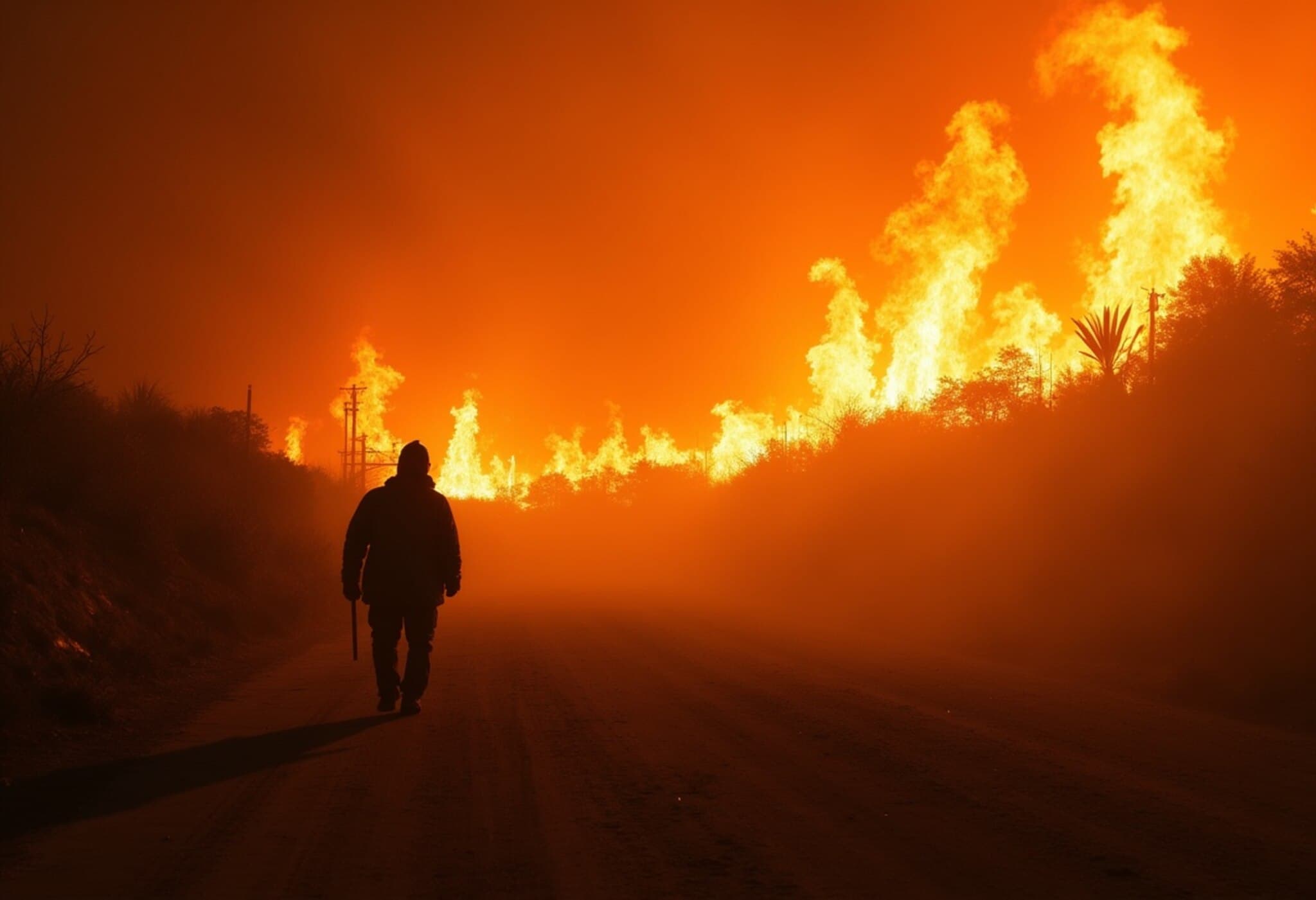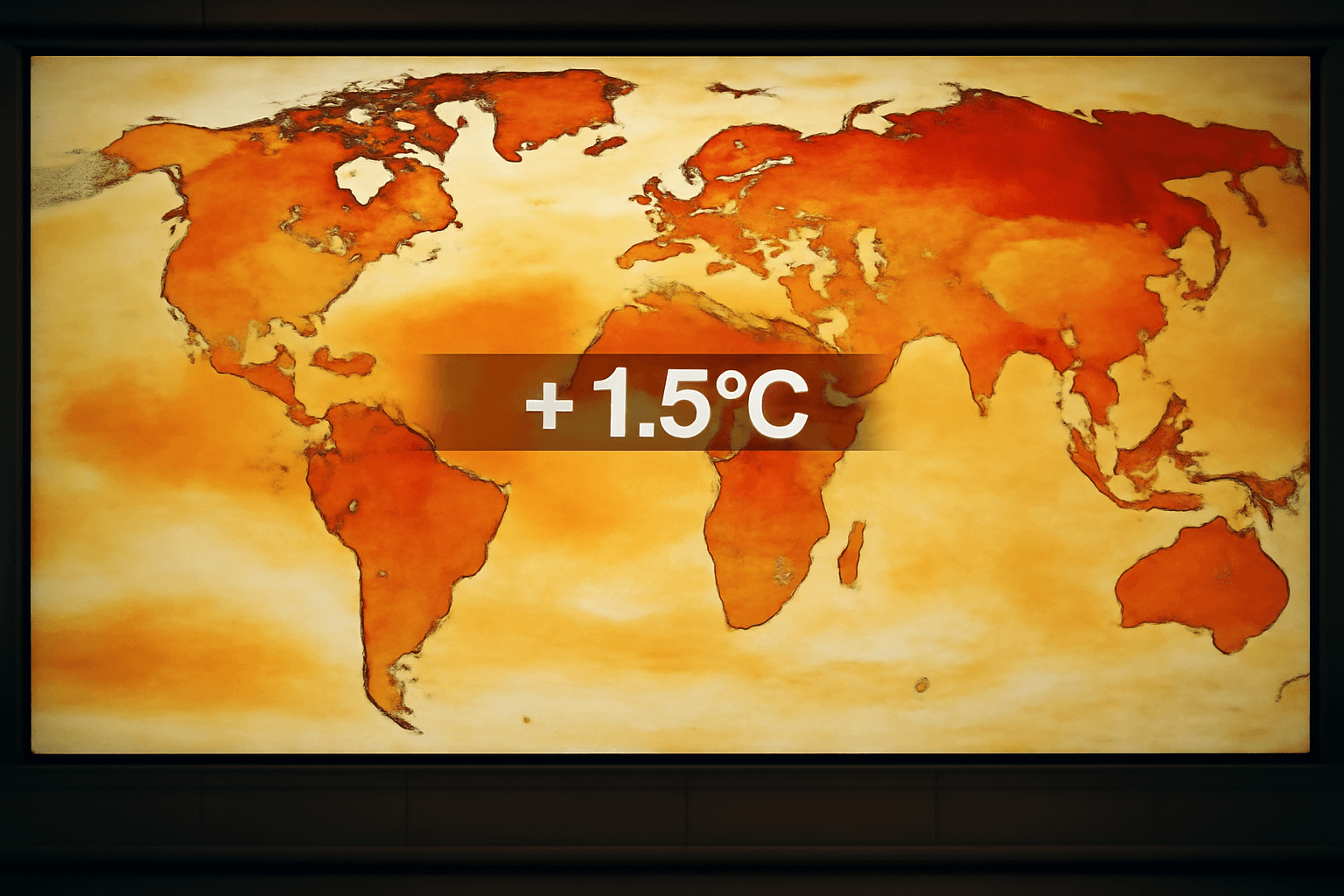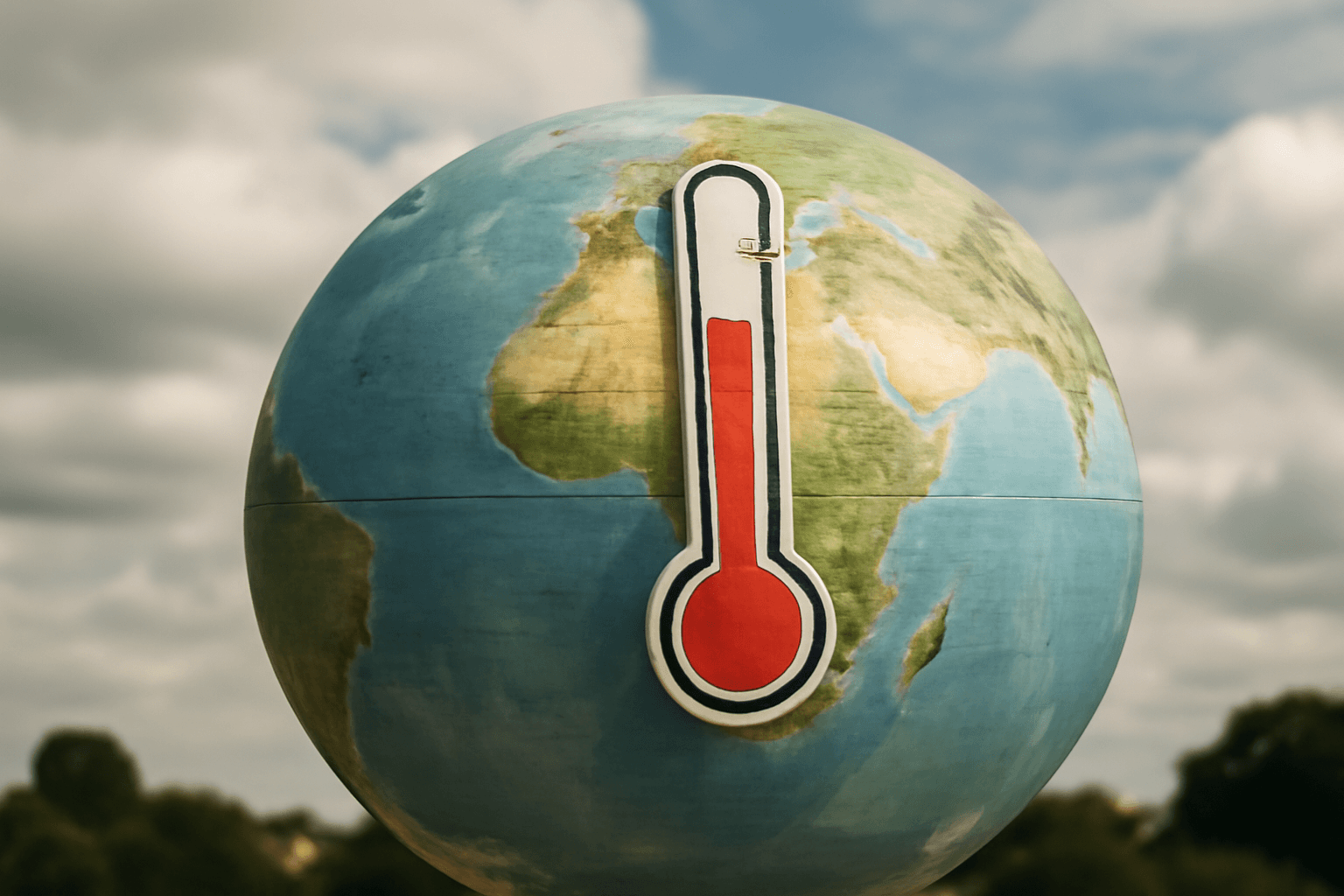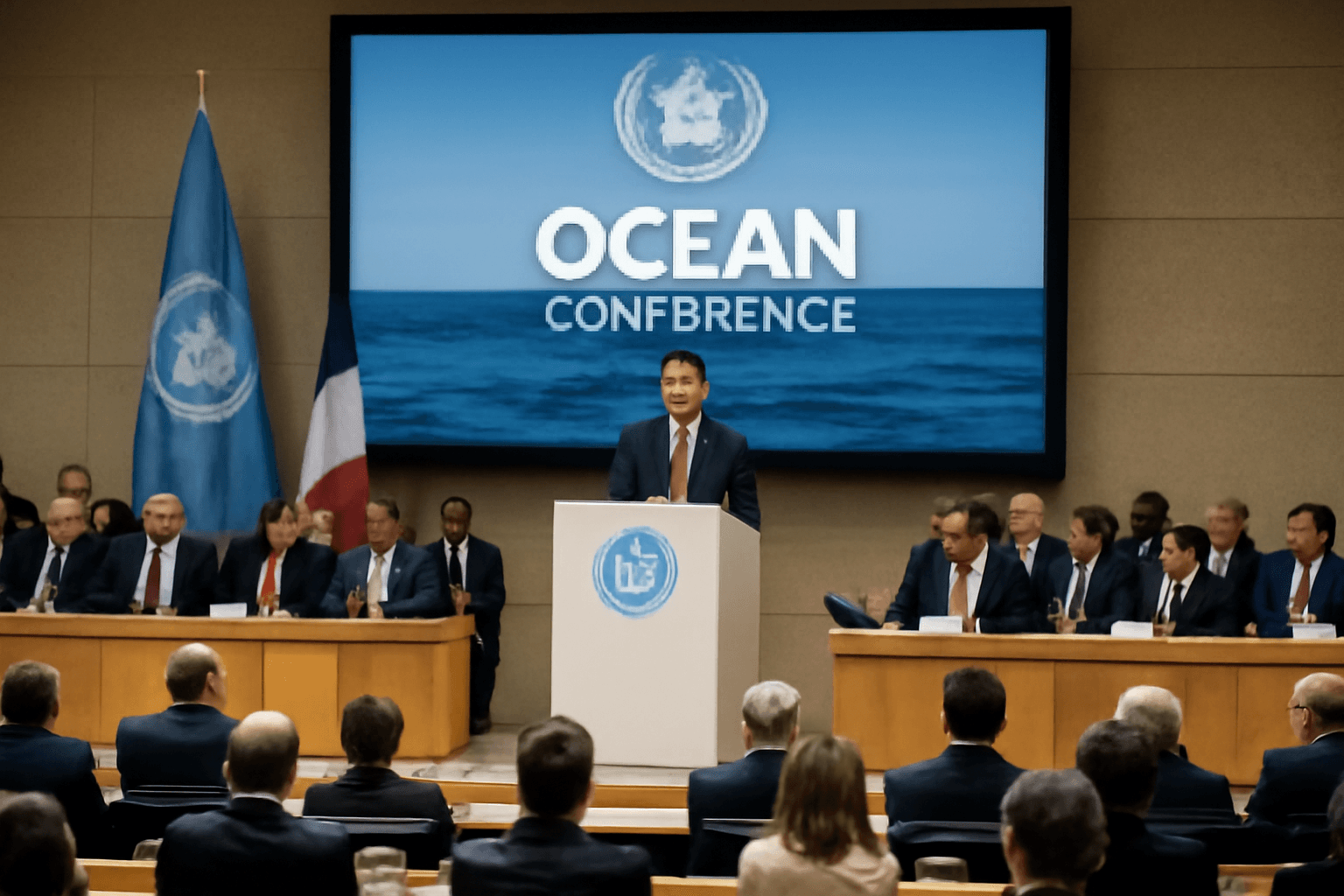Global Carbon Budget for 1.5°C Limit Nearly Exhausted
If carbon dioxide emissions persist at their current pace, the world is projected to use up its entire carbon budget for limiting global warming to 1.5 degrees Celsius in just over three years. This alarming prospect stems from recent scientific analysis, underscoring the urgent need for dramatic reductions in greenhouse gas emissions.
What Is the Carbon Budget?
The carbon budget represents the maximum cumulative volume of carbon dioxide the Earth can emit while still offering a reasonable chance of keeping the global temperature rise below a specific target—in this case, 1.5°C above pre-industrial levels, the goal agreed upon at the 2015 Paris Agreement.
Exceeding this budget doesn't trigger an immediate temperature jump beyond 1.5°C, but it signals that the limit will likely be crossed soon unless emission cuts are swift and substantial.
Current Emissions and Temperature Trends
- In the last decade, human activities have released roughly 53 billion tonnes of CO2 equivalent annually, mainly from burning fossil fuels and deforestation.
- The average global temperature has climbed by 1.24°C since the pre-industrial era, with human-induced warming accounting for approximately 1.22°C of this increase.
- 2024 set a new record as the hottest year on earth, marking the first time annual global temperatures exceeded the 1.5°C threshold relative to 1850-1900 levels.
Looking Ahead: Crossing 2°C and Beyond
Beyond the 1.5°C limit, scientists warn that the carbon budget that would keep warming below 2 degrees Celsius may be depleted by 2048 if emission trends continue unchecked.
Moreover, a sustained global temperature rise above 1.5°C is defined by persistent warming over a period of 20 to 30 years, indicating long-term climate shifts rather than short-term fluctuations.
Urgent Calls for Emission Reductions
Earlier projections recommended a 43% cut in greenhouse gas emissions by 2030 compared to 2019 levels to stay on track for the 1.5°C target. However, recent assessments suggest that this target may now be outdated due to inadequate action, implying that even steeper reductions are necessary.
The World Meteorological Organization recently highlighted a 70% probability that the global average temperature from 2025 to 2029 will surpass the 1.5°C warming threshold.
Key Takeaways
- The global carbon budget for limiting warming to 1.5°C is projected to be exhausted within just over three years.
- The year 2024 recorded the highest global temperature since pre-industrial times, crossing the 1.5°C mark.
- Emissions continue to rise at unsustainable rates, pressing the urgency for drastic climate action.
The clock is ticking. The evidence is clear: to avoid catastrophic warming, the world must drastically cut emissions without delay.



















